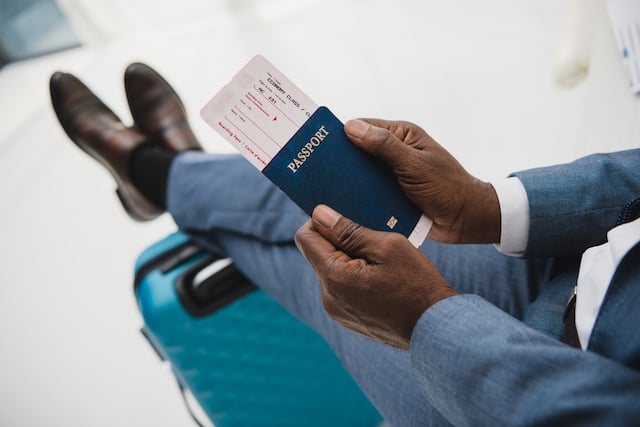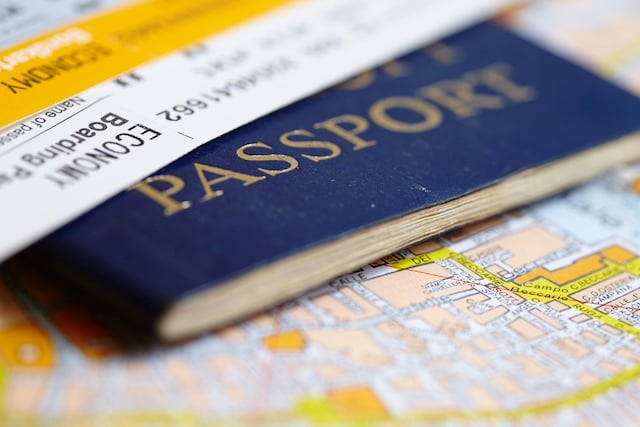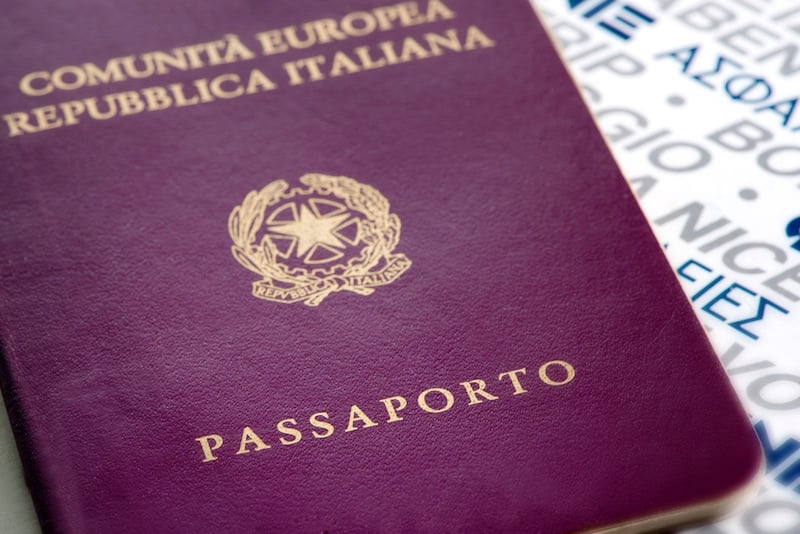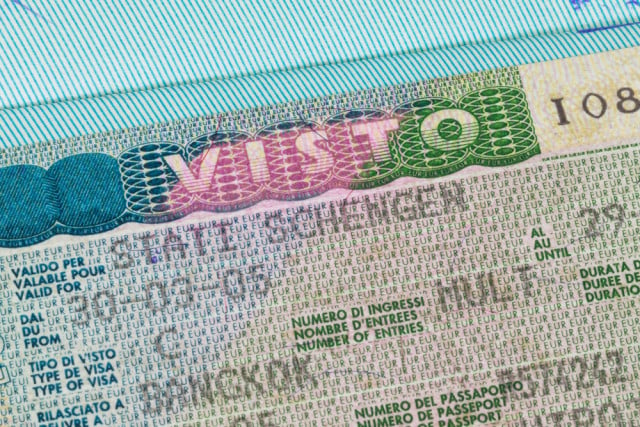When Hugosson finished his university studies in Australia in 2005, moving to Sweden wasn’t the first thing on his mind as he prepared to enter the labour force.
But after meeting a Swedish woman and deciding it was “time to see the world”, Hugosson found himself in Sweden a few months later, unsure of what sort of career would unfold for him on the other side of the globe.
“My first trip to Sweden was when I moved here. I had no idea what I was in for. I was told they were naked, blonde and socialists,” he says to The Local with a laugh.
Hugosson managed to overcome a temperature difference “big enough to boil water” and enrolled in Swedish language classes for immigrants (SFI).
But Hugosson had “no idea” what he wanted to do and almost ended his Swedish career ambitions before they began.
“When I came I was pretty naive. I thought I would get a job right away and the fact that I couldn’t speak the language didn’t really play into any of my calculations,” he recalls.
“I seriously underestimated things and was a week away from leaving Sweden altogether.”
But just days before packing up and heading back to Australia, contacts “saved” him, says Hugosson.
“It’s a long story that involves neighbours, old bosses, and Swedes living in Australia,” he explains.
“But I ended up getting a job as a key account manager with the export department of a trade fair company that really needed an English speaker.”
During his time at the firm, Hugosson began getting more involved in politics, finding himself attracted to the Social Democrats after reading about Olof Palme.
“Everyone seemed to talk about him and I wondered who he was. I then found the Olof Palme International Centre and learned more about foreign development work,” says Hugosson.
SEE ALSO: More interviews from our My Swedish Career series
Realizing how much money Sweden devoted to foreign development aid was a real eye-opener for Hugosson.
“I went to one of the Palme Centre’s trainings without knowing a word of Swedish. I realize I may have looked a bit silly, but it was something I really wanted to get involved with,” he says.
After going through additional training, Hugosson ended up heading to Iraq on an internship arranged by the Palme Centre, an experience he says was critical in his decision to pursue a career in politics with the Social Democrats even though he wasn’t politically active back in Australia.
Now Hugosson works for the party’s youth wing, the Swedish Social Democratic Youth League (Sveriges Socialdemokratiska Ungdomsförbund, SSU) as a campaign ombudsman for the party’s Stockholm district.
“I got the job in response to an ad, but I had familiarized myself with the organization long beforehand. I got involved, proved I was competent, worked hard, and got the job,” he says.
In looking back at how his career in Sweden has unfolded, he can’t emphasize enough the importance of education, contacts, and “working damn hard”.
“The best tip for getting a job is education. Be employable. That involves both the language and being competent,” he says.
“After seven years, I still go home and study. I write things down so that hopefully one day my Swedish will be perfect.”
Attending courses at a university or folk high school (folkhögskola) can help with competence, language, and making contacts, according to Hugosson.
“You can learn the language while you build up a contact network. I know a few people, who like me migrated to Sweden, that have done this and they are very successful. I didn’t do this but I wish I had, it would have made a huge difference,” he says.
SEE ALSO: Click here for the latest listings for jobs in Sweden
Hugosson also cautions against falling back on the fact that many Swedes speak English.
“Everyone speaks English but they like to speak Swedish even more. Who doesn’t prefer to speak their mother tongue? Learn it, you won’t regret it,” he advises.
Learning Swedish also helps make networking easier.
“Without the Swedish I found making contacts a little hard going. Small talk is great for mingling but I couldn’t really make it work for a long time,” he explains.
Joining a club or organization is another great way to make contacts and improve language skills, which also explains the importance of learning more about Sweden, both in terms of getting a job but also for establishing a life in Sweden.
“Learn how society works. Learn about Sweden and take an interest. Learn the most important government agencies and how they work for you,” he says.
“Be active. It’s not about being ‘integrated’; it’s living life to the full and using all the tools that you have at your disposal. And of course working really damn hard.”
The Local/dl/at






 Please whitelist us to continue reading.
Please whitelist us to continue reading.
Member comments